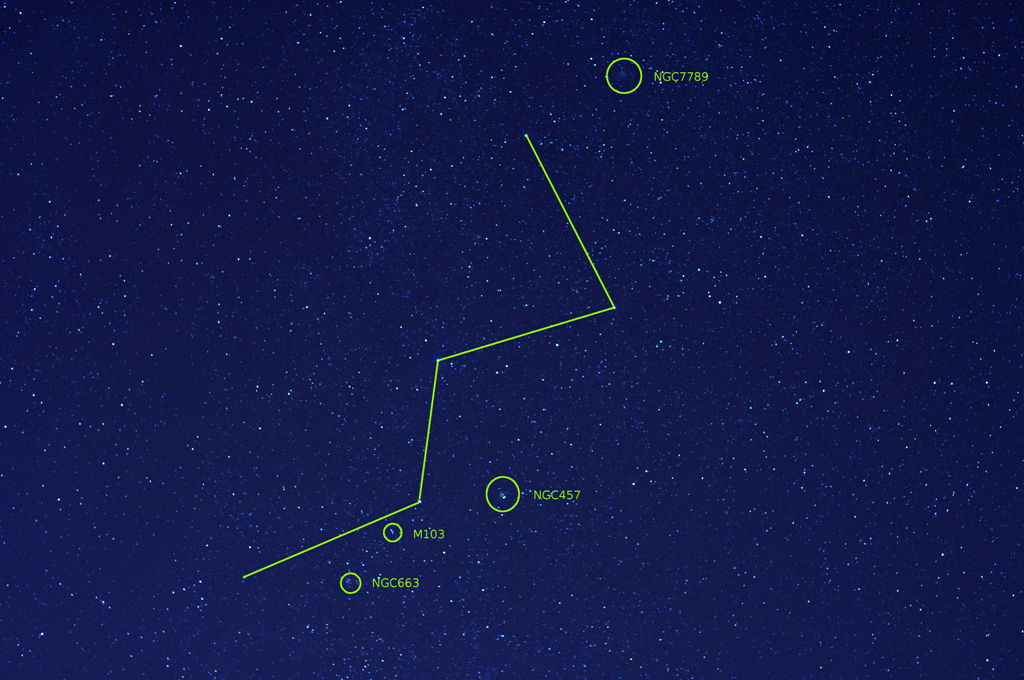Hey! Did I see my name mentioned?
Mike, believe it or not, I was shooting in daylight WB mode last night, instead of my usual tungsten.
It is rare whenever someone actually follows my rebel ways! I thank you!



Anyway, whenever I don't care about having the stars in the scope show their true colors, I shoot tungsten. This
usually gives a nice space blue to the background and, as you suggested, eliminates sodium vapor yellow/orange.
Last night was different because I got word that Nova Delphinii 2013 had turned a beautiful
red as its magnitude
dropped, and I wanted to image this, making daylight WB the way to go.
By the way, the Nova is alive and well at magnitude 9. The change in brightness and hue is impressive in the scope but an image
really shows it in all its splendor, catching the little devil among a million neighboring stars (no averted vision necessary).
As usual, once again I digress!

Bill G.
Comets:40, Best Meteor shwr: Leonids '01, Best Aurora:Oct. '03.
Total.Sol.Eclipse,7/10/72 from Nova Scotia.Annular Sol. Eclipse '94,
Trans.of Venus 2004&2012.,ShoeLevy crash into Jupiter '94.
4/25/66 fireball-9 mag.,SN2011fe,N2012aw,DelphN2013.

